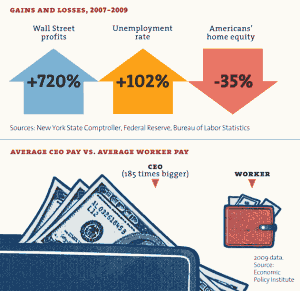Link Friday: Data Visualization
As creators of textbooks and other materials for teaching history, we here at ASHP are suckers for good data visualization. Here are some of our favorite examples, the ones that get us thinking about how digital media can make historical data a whole lot more meaningful to students.
The New York Times leads the way on creating effective data visualizations to accompany and enhance its news and analysis. Their Immigration Explorer tracks the geographic settlement across the U.S. of various immigrant groups since 1880 and allows users both to isolate the view to individual ethnic groups or view all at once, along with county-level population data.
And their A Historic Shift, published the morning after the 2010 midterm elections, used inventive moving graphics to illustrate a series of the 10 most notable facts and implications of the election results.
Cartographer Derek Watkins provides an animated graphic of the expansion of post offices across the territorial U.S. from 1700-1900 that could easily use many other kinds of data to demonstrate the growth or decline over time and space of any number of groups, industries, or phenomena.
These colorful charts from Mother Jones may be static, but they quite effectively document the growing income inequality that is motivating the Occupy Wall Street protestors. Certainly textbooks could benefit from an infusion of the magazine world’s infographic style.
Last 5 posts by Ellen Noonan
- Five Years - October 11th, 2012
- Patriotic Celebrations - July 4th, 2012



